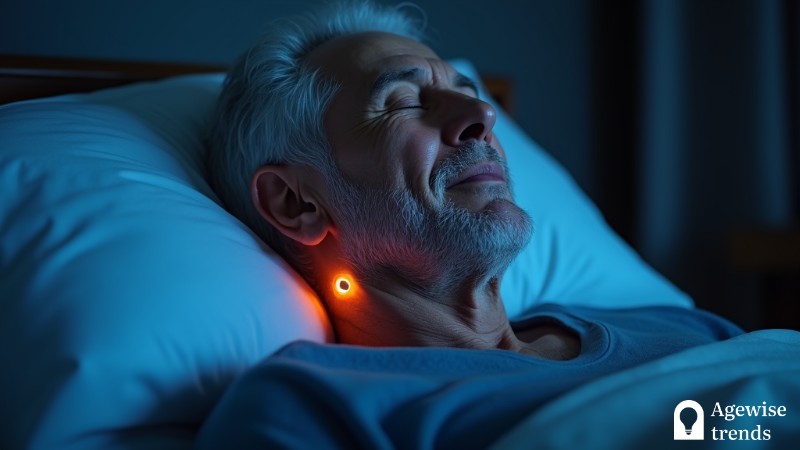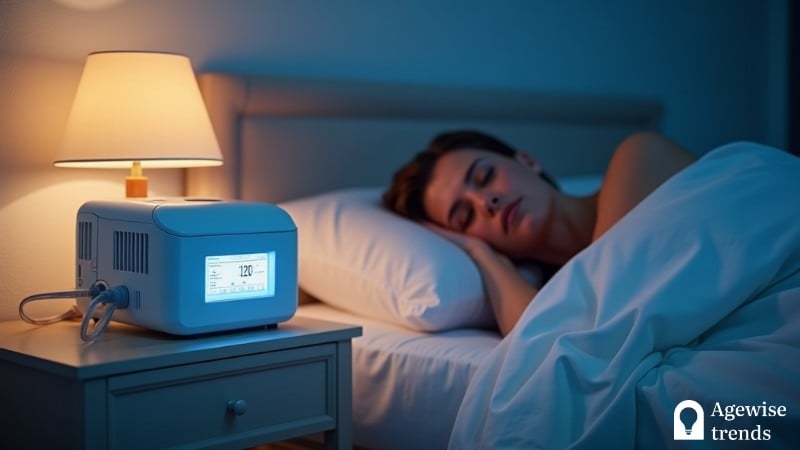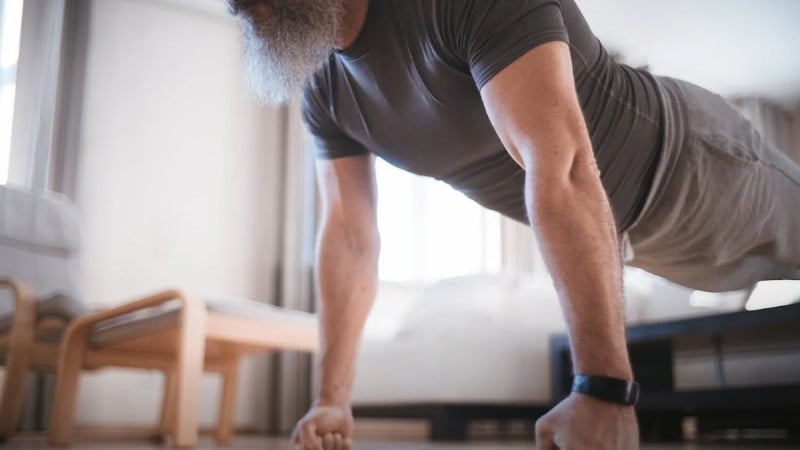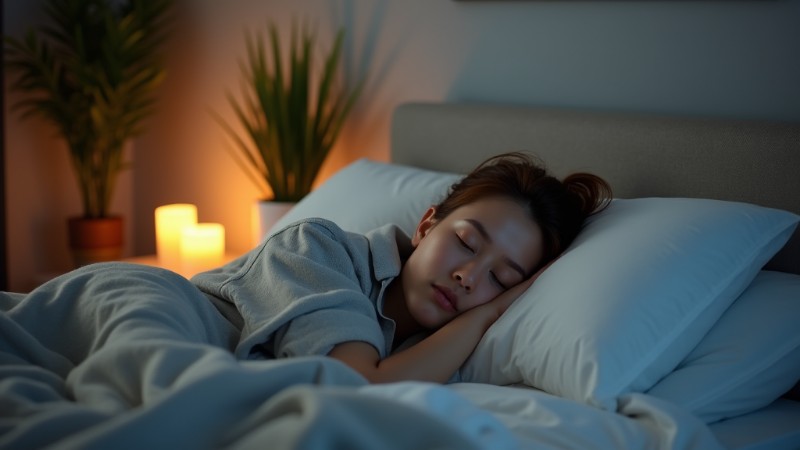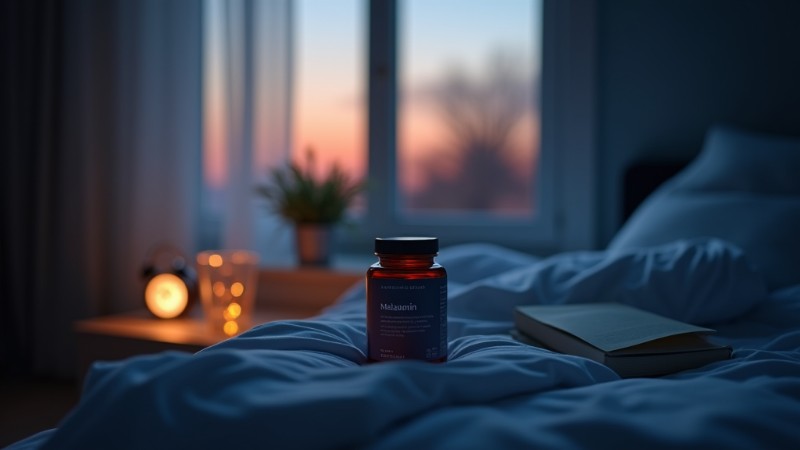Obstructive sleep apnea (OSA) is a condition that disrupts breathing during sleep, posing significant health risks and impacting quality of life. Seniors who are particularly vulnerable to this disorder often find traditional continuous positive airway pressure (CPAP) machines ineffective or uncomfortable. Hypoglossal nerve stimulation implants provide a promising alternative treatment that eliminates the need for cumbersome CPAP masks while offering a more discreet and effective solution for improving sleep quality.
This treatment involves surgically implanting a device that sends signals to the nerves controlling the tongue. The stimulation helps open the airway during sleep, preventing obstruction without requiring an external breathing apparatus. By improving airway function, this method enhances comfort, promotes restful sleep, and reduces health risks for seniors struggling with OSA.
Key Takeaways
Hypoglossal nerve stimulation implants offer older adults with obstructive sleep apnea an alternative treatment that improves sleep quality without the need for CPAP machines.
- Older adults must meet specific medical criteria, including a BMI below 35 and an AHI between 15-65 events per hour, to be eligible for hypoglossal nerve stimulation implants.
- The implant surgery involves placing electrodes near the hypoglossal nerve under the jaw and a generator beneath the collarbone, with recovery taking about one month before device activation.
- While effective in improving sleep quality, potential side effects include swelling, infection, discomfort from nerve stimulation, and battery replacement after 7-10 years.
FDA-approved options and eligibility criteria
Currently, Inspire is the only FDA-approved hypoglossal nerve stimulation implant available. However, not all seniors qualify for this treatment. To be eligible, patients must meet specific medical criteria. A body mass index (BMI) below 35 is required, as excess weight can impact the effectiveness of the implant.
An apnea-hypopnea index (AHI) between 15 and 65 events per hour is also necessary, with most episodes classified as obstructive rather than central sleep apnea. Additionally, endoscopy results must rule out soft palate collapse, as this condition could interfere with the effectiveness of the treatment.
The total cost associated with undergoing the procedure can reach as high as $40,000; however, a significant number of insurance providers may offer either partial or full financial coverage, provided that the patient meets the necessary medical criteria established by the insurance policy.
Surgical procedure and recovery
The surgery is carefully performed under general anesthesia to ensure patient comfort and typically takes approximately two to three hours to complete. The procedure involves the precise surgical implantation of electrodes that are strategically connected to the hypoglossal nerve located under the jaw, while a small generator is securely placed beneath the collarbone to regulate stimulation and ensure proper functionality effectively.
Recovery requires resting and following post-operative care guidelines. The implant is activated about one month after surgery, and patients must learn to use a remote control to manage the device. Seniors are advised to turn the device on before bedtime, allowing a programmed delay to ensure natural sleep onset without immediate stimulation.
Effectiveness, side effects, and maintenance
This treatment offers a significant improvement in sleep quality and overall well-being. However, patients should be aware of potential side effects, including swelling, infection at incision sites, discomfort due to nerve stimulation, or the implant shifting from its original placement. If any of these issues persist or become concerning, seeking prompt medical attention is essential to ensure proper management and resolution.
The implant’s battery is designed to last for a duration of approximately 7 to 10 years, although it continues to remain functional within the body even beyond this expected timeframe. Regular medical check-ups are essential to ensure their proper functionality and to promptly address any potential issues that may arise over time.
Long-term considerations for seniors
Ongoing medical supervision and follow-ups are essential for monitoring progress and adjusting the device if needed. Seniors may also benefit from complementary relaxation techniques to further improve sleep quality. With continued medical advancements and growing awareness, hypoglossal nerve stimulation is likely to become a more widely used treatment for seniors with sleep apnea.
For seniors struggling with CPAP therapy, hypoglossal nerve stimulation provides a promising alternative to managing sleep apnea. By preventing airway obstruction during sleep, this innovative treatment enhances overall health and quality of life. As research continues, these implants are set to play a vital role in promoting healthy aging and better sleep for older adults.






